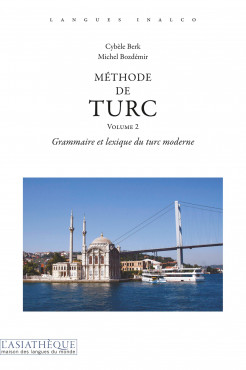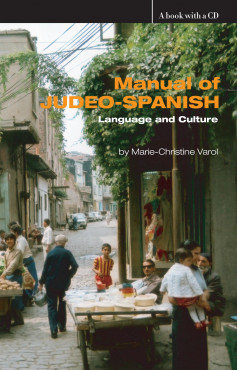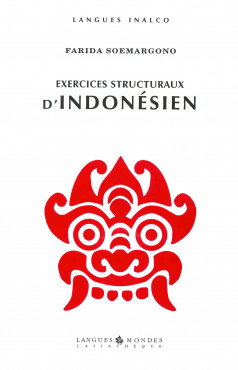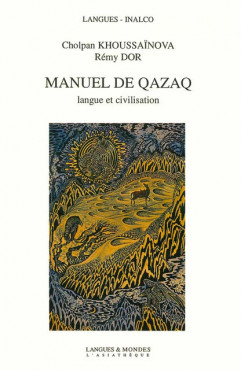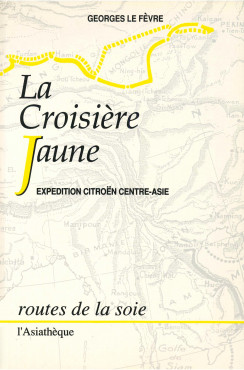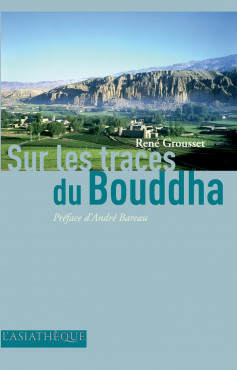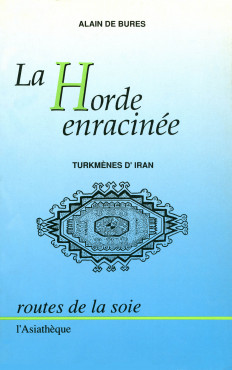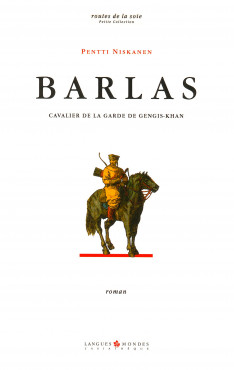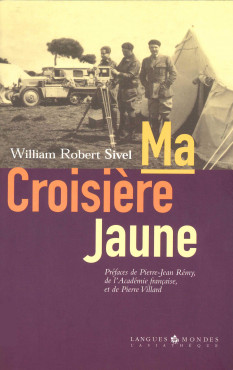Cybèle Berk, ...
An in-depth study of modern Turkish aimed at medium and advanced learners. M. Bozdémir and C. Berk study texts by well-known authors of contemporary Turkish letters. The work consists of four parts, the correct answers for the exercises, and an index of grammatical terms in Turkish and French.
Antoine Dauphin
A method of learning phonetics, vocabulary and grammar, together with the study of texts and a Vietnamese-French lexicon. With audio recordings available for download.
Marie-Christine Varol
Initiation to this language that the Jews developed when they took refuge in the Ottoman Empire after their expulsion from Spain in 1492.
Farida Soemargono
These exercises and their corresponding audio recordings help solidify a student's understanding of the oral language and grammatical rules.
Rémy Dor, ...
These nineteen lessons contain grammatical explanations, dialogues, and texts in Kazakh, as well as exercises. They also present information about Kazakh civilization, including its history, social organization, customs, cuisine, literature, etc. Solutions to the exercises can be found at the end of the volume, along with two glossaries (Kazakh-French and French-Kazakh). The book is enriched by two audio CDs.
Georges Le Fevre, ...
A direct witness of the Yellow Cruise, the author recounts the expedition of 1931-1932, which led Citroën models from Beirut to Beijing through the Himalayas and the Gobi desert.
Rene Grousset
The detailed account of the travels that Chinese monks made in the 7th century to India, in search of Buddhist texts. Among these pilgrimages rich in adventures, that of Hiuan-tsang is the most famous because it inspired one of the most famous novels in Chinese literature, Journey to the West.
Alain de Bures
The life of Turkmens of Iran, and more particularly of the Agholi family, settled but still nomadic at heart. A fascinating testimony.
Pentti Niskanen
The story unfolds in the 13th century, during the age of the great Mongol invasions, 10 years after the death of Genghis Khan. Barlas and his men, the horsemen of Tängri, undertake a perilous expedition, within what seems to them to be the ends of world. On their journey, riddled with pitfalls,, a beautiful captive will touch Barlas' heart. Pentti Niskanen, a native Finnish speaker, wrote Barlas in French before translating it into Finnish.
William-Robert Sivel
The author tells the story of his participation in the Citroën Center Asia expedition, known as the Yellow Cruise (1931-1933). He recounts his adventures and his romantic encounters with humor and self-mockery.
